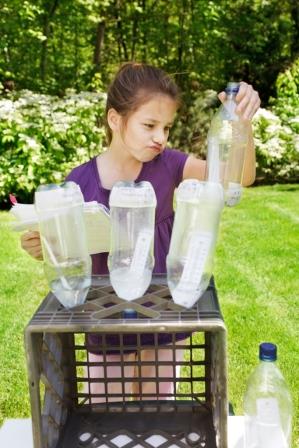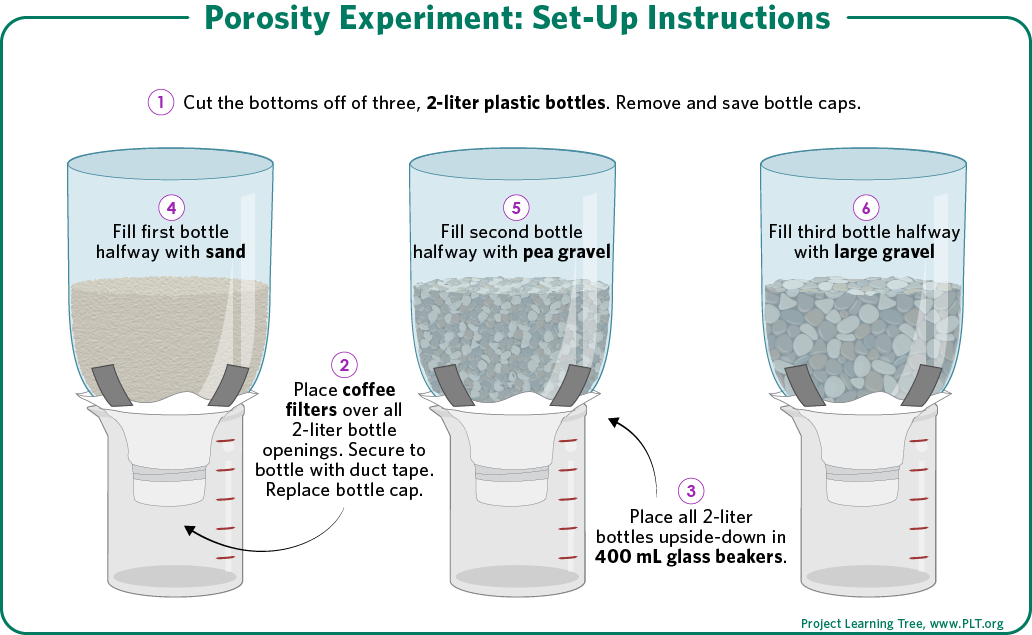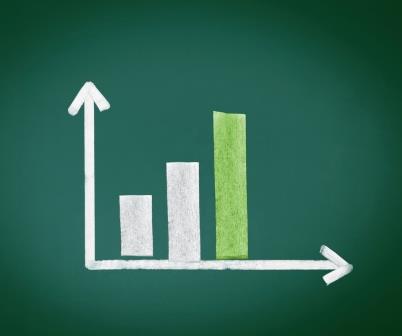 Engage students in STEM (science, technology, engineering and math) to investigate the interactions between living and non-living components in three local ecosystems with Project Learning Tree’s Field, Forest, and Stream activity.
Engage students in STEM (science, technology, engineering and math) to investigate the interactions between living and non-living components in three local ecosystems with Project Learning Tree’s Field, Forest, and Stream activity.
Getting Started: An ecosystem is comprised of non-living and living components in a given geographic area. Encourage students to explore different ecosystems such as the school campus, a local park, or the local downtown district and list the abiotic and biotic components found there.
Essential Question: How do non-living (abiotic) components influence living (biotic) components in an ecosystem?
Task: Select an ecosystem and predict the biotic changes that might occur when there is a change in one or more abiotic components.
STEM Strategies
Science
Science concepts can be used to help students explore and understand the interconnectedness of abiotic and biotic components in an ecosystem. Check out these supporting video presentations on ecosystems, as well as their abiotic and biotic factors.
Technology
Technology can be used to document an ecosystem’s abiotic and biotic components. For example, you might have students collect Internet images and/or use a digital camera to take photographs of abiotic and biotic components found in your selected ecosystems of study (a backyard, school campus, local park, or downtown). These images can be arranged, and even labeled, to create a food web or food chain.
Engineering
Engineering can be used to investigate how much water different soils can hold. Pore size and soil texture are key factors when evaluating soils for their water-holding capacity. Conduct a simple Porosity Experiment (see image below) to collect data and propose solutions. The materials required are bolded in the illustration.

- The purpose of this experiment is to help students understand the relationship between soil particle size and water holding capacity.
- Before conducting the experiment, be sure to ask students to predict which media (sand, pea gravel, or large gravel) will hold more water and describe the reason for their choice.
- To test predictions, fill each bottle with water until the water level rises to the same level as the media in the bottle.
- Holding the bottle over the glass beaker, remove the cap and allow the water to drain.
- When the flow stops (or slows to a drip), carefully measure the amount of water that was collected in each glass beaker, and record it.
- Have students compare the results with their predictions.
- Remind students that plans require water to survive, and the amount of water available to a plant depends on the characteristics of the soil.
 Extension: If possible, mix all three media (sand, pea gravel, and large gravel) in equal parts, and repeat experiment. Ask students to predict how these results will compare to those of the isolated media.
Extension: If possible, mix all three media (sand, pea gravel, and large gravel) in equal parts, and repeat experiment. Ask students to predict how these results will compare to those of the isolated media.
Math
Math can be used to communicate and evaluate the data from the experiment described above. Have students graph the results; particle size (sand, pea gravel, large gravel) will be placed on the X-axis and the amount of water collected (mL, ounces, cups) will be placed on the Y-axis.
Additional Resources
Don’t have PLT’s PreK-8 Environmental Education Activity Guide?
- Purchase a print guide or e-book, available from PLT.org, Amazon and other places where books are sold.
- Get it through your PLT State Coordinator along with hands-on professional development, alignments to state standards and other state-specific supporting resources.
Don’t consider yourself a formal teacher?
- Check out PLT’s Soil Stories family activity. We have 40+ nature activities for families that can be easily used by parents, grandparents, youth group leaders, nature centers, and other nonformal programs.


